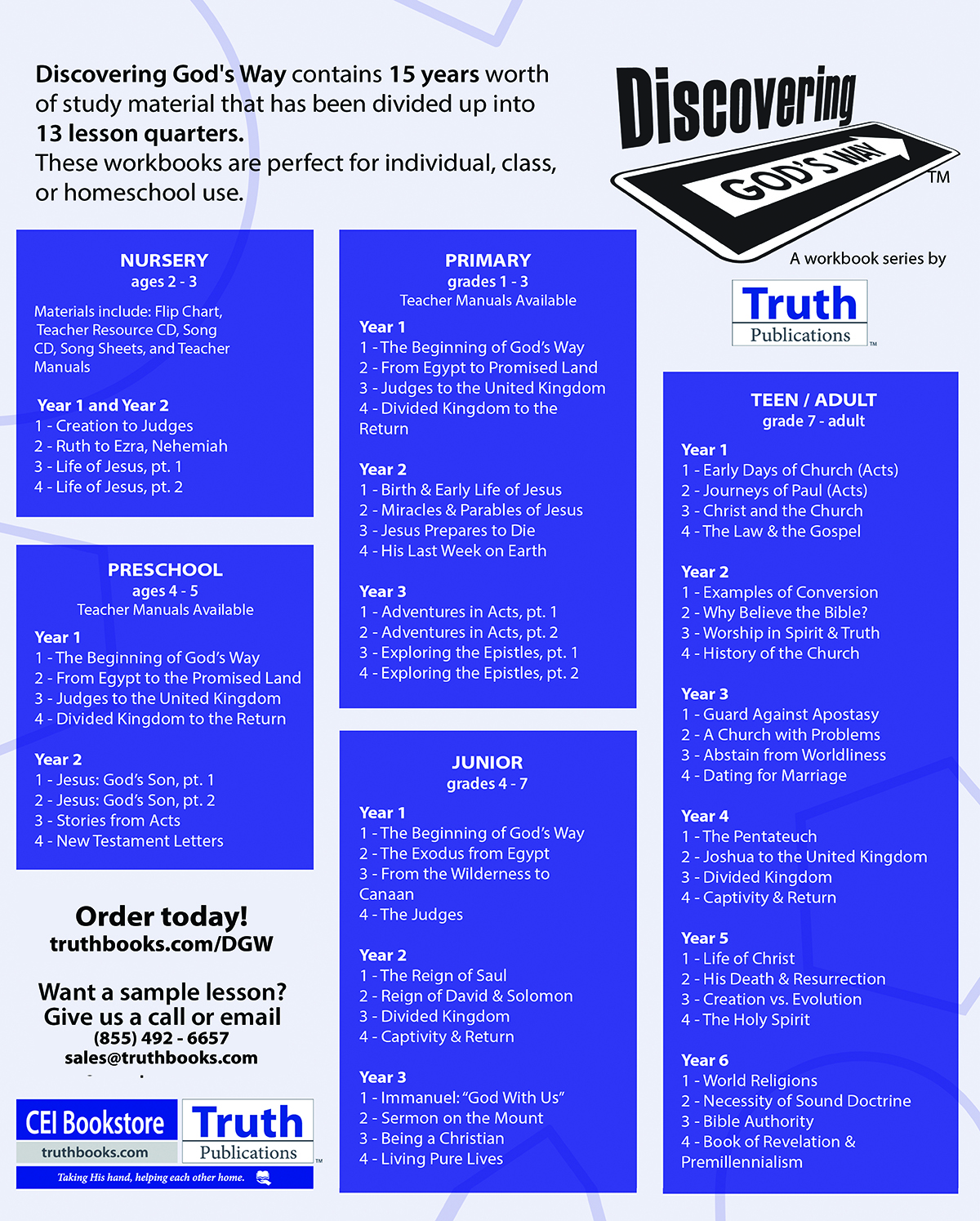by Trent and Rebekah Dutton
Synopsis: Jericho is one site you must visit while in Israel. It is critical to the Old Testament narrative and a prime location from which to view the Jordan Valley.
In our recent articles, we have hit the most important locations to visit if you have only a few days in Israel, and, as we wind down our virtual tour, Jericho is one of those must-see locations.
In this day trip from Jerusalem, you will visit one of the most well-known Old Testament sites whose narrative fascinates children and adults alike. The events that take place in and around Jericho begin with God stopping the Jordan River and then bringing down the city walls. These events give us the critical connection between the wandering in the wilderness, the beginning of the invasion and conquest, and settlement in the land of Canaan.
The road from Jerusalem to Jericho is a valuable "site" to see in its own right. As with so many routes when traveling the land, you see what the Biblical writers saw and understand these writers had first-hand knowledge of the land. Be it going "up to Jerusalem," the treachery of the road between Jericho and Jerusalem (where thieves could hide), or the dry heat of the Jordan Valley, you can see, feel, and understand these details. They may only be mentioned in passing or serve as the backdrop for the biblical story, but experiencing those details allows one to better understand and teach these narratives.
The site boasts an interesting archaeological record before, during, and after the invasion and conquest period—the typical period of interest from a biblical studies perspective. One of the most prominent features visible from previous excavations is the Pre-Pottery Neolithic round tower, with a base of approximately 30 ft. and preserved height of approximately 25 ft. This tower and evidence of plant domestication at the site make it an important location for the study of early communal settlements and origins of agricultural practices. Later, from the Middle Bronze II (1950-1550 BC) and Late Bronze (1550-1200 BC) periods, there are multiple iterations of built, destroyed, and rebuilt fortifications. Some of these destructions are likely attributable to Egypt. Egyptian ties are clear at the site, with scarabs found depicting pharaohs of the Thirteenth Egyptian Dynasty (1781-1699 BC). The Middle Bronze II period includes defensive structures with mud-brick walls on stone foundations that were later replaced with built-up terraces and large ramparts (OEBA 4-5). From this period, and visible today from previous excavations, is a rubble rampart supported by a large Cyclopean Wall, an architectural style using large stones, often unworked or worked only to fill gaps in the wall without mortar or other bonding methods. The Late Bronze period follows with less fortification activity, some site desertion, and several interesting tombs ranging from the early fifteenth to mid-thirteenth century. It is within these layers that the walls and fortifications of Joshua's narrative likely would have stood and fallen.
As is common with sites in this region, following the Iron Age, occupation went to the Babylonians, Persians, Greeks, and then Rome. During the Hellenistic period, the primary site of Jericho shifted slightly to the southwest, closer to Wadi Qelt and the Herodian palace there, which is described in the otherwise seemingly contradictory statements of Matthew 20:29 and Luke 18:35. Occupation continued past Rome into the Byzantine and Islamic periods and into the modern era.
What is likely the site's most attractive attribute is its vantage point of the Jordan Valley. From Jericho, you have an unobstructed view of the Jordan Valley and river, and any approaching foe would be easy to spot. It also oversees the crossroads between the fords of the Jordan and the major routes into the hill country and to the coast, making it a checkpoint for travelers and caravans. In this dry and thirsty land, the site boasts an ancient spring that features in the events of 2 Kings 2:19-22. Today, if you ride the cable car from this site to the Greek Orthodox monastery clinging to mountainside above (featuring a restaurant and, of course, gift shop), you will take in a view that is second to none—a drone shot perspective that reinforces these attributes. The full setting of the Jericho narrative is laid out before you: the miraculous parting of the Jordan, the Hebrew nation pouring across from the plains of Moab, and the spies coming to and fleeing the city. The surrounding hills that comprise the ridge rising up from the Jordan Valley provide a location in which the spies could have hidden and then later "went on their way."
Jericho is one site on the short list for your quick trip to Israel. As we have stated in caveats before, try not to go and spend less than a week or week and a half. If you only have a few days, hit the sites we have covered in our past few articles. If you can, travel with the authors that contribute to this column. They can help you unravel sites like Jericho, where it is often hard to decipher what is left behind on the ground from years of excavation and preservation, or the lack of preservation.
The Oxford Encyclopedia of the Bible and Archaeology, Volume 2 (OEBA). Edited by Daniel M. Master. USA: Oxford University Press, 2013.
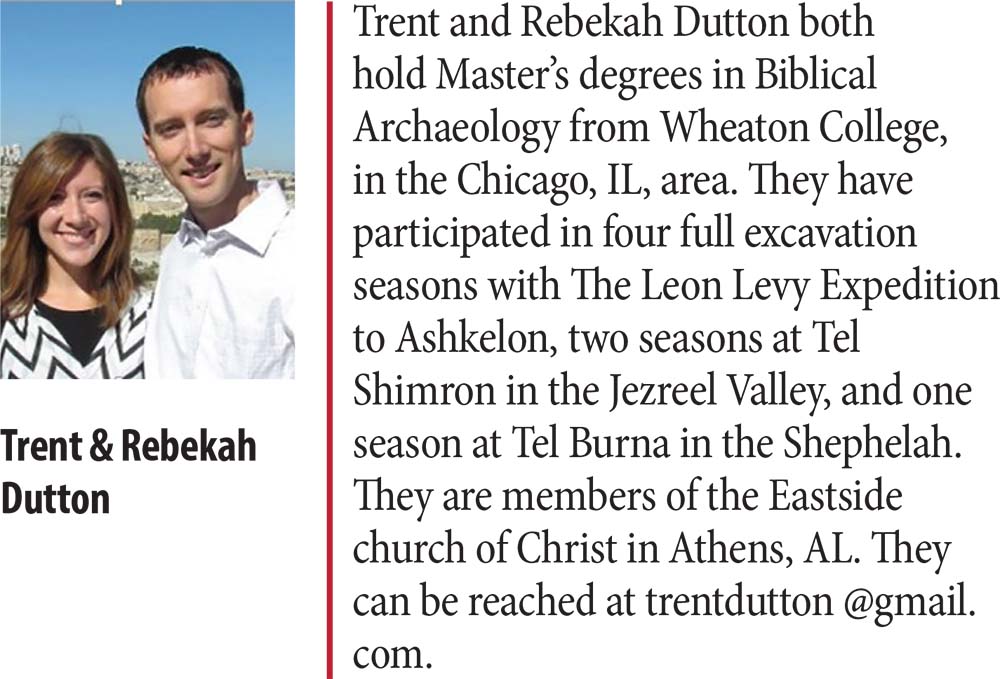
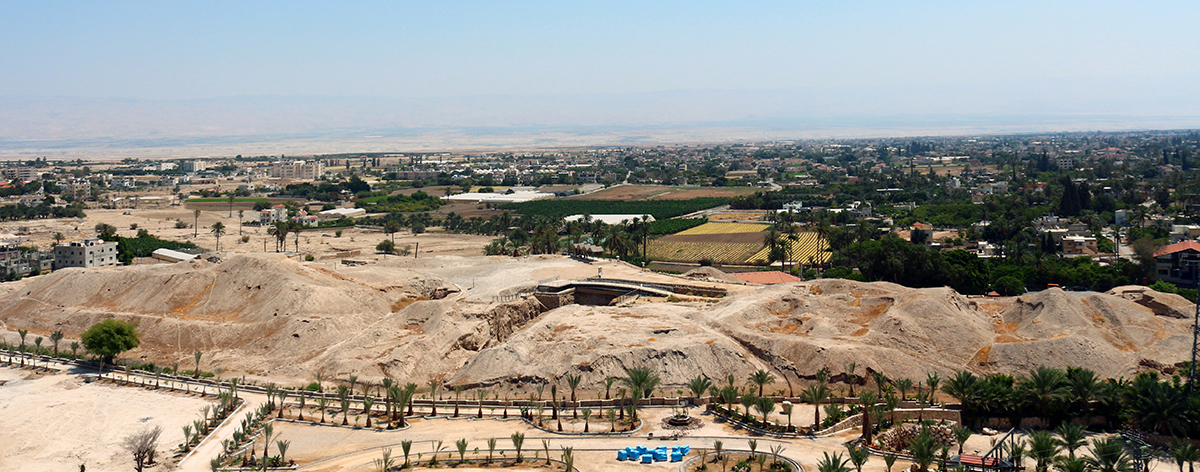
Image-1 Caption: Side view of the extremely weathered tel with the large center excavation trench visible.
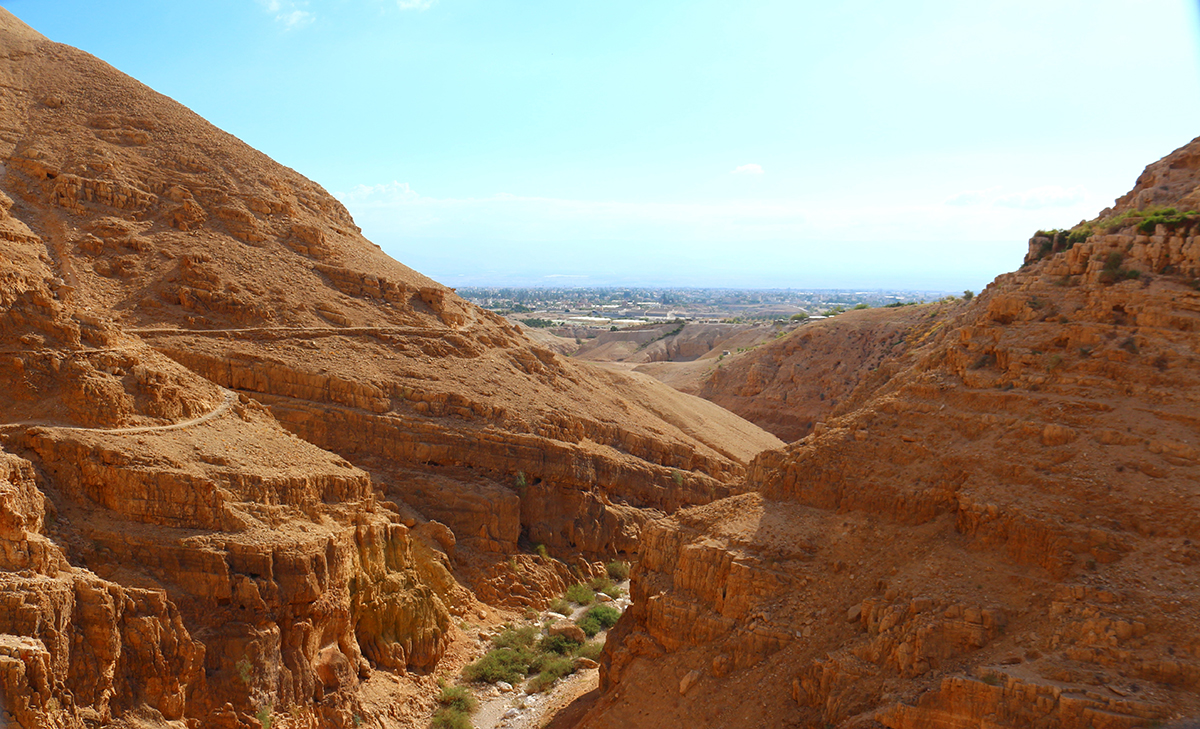
Image-2 Caption: The road through Wadi Qelt from Jerusalem to Jericho, with Jericho in the distance.
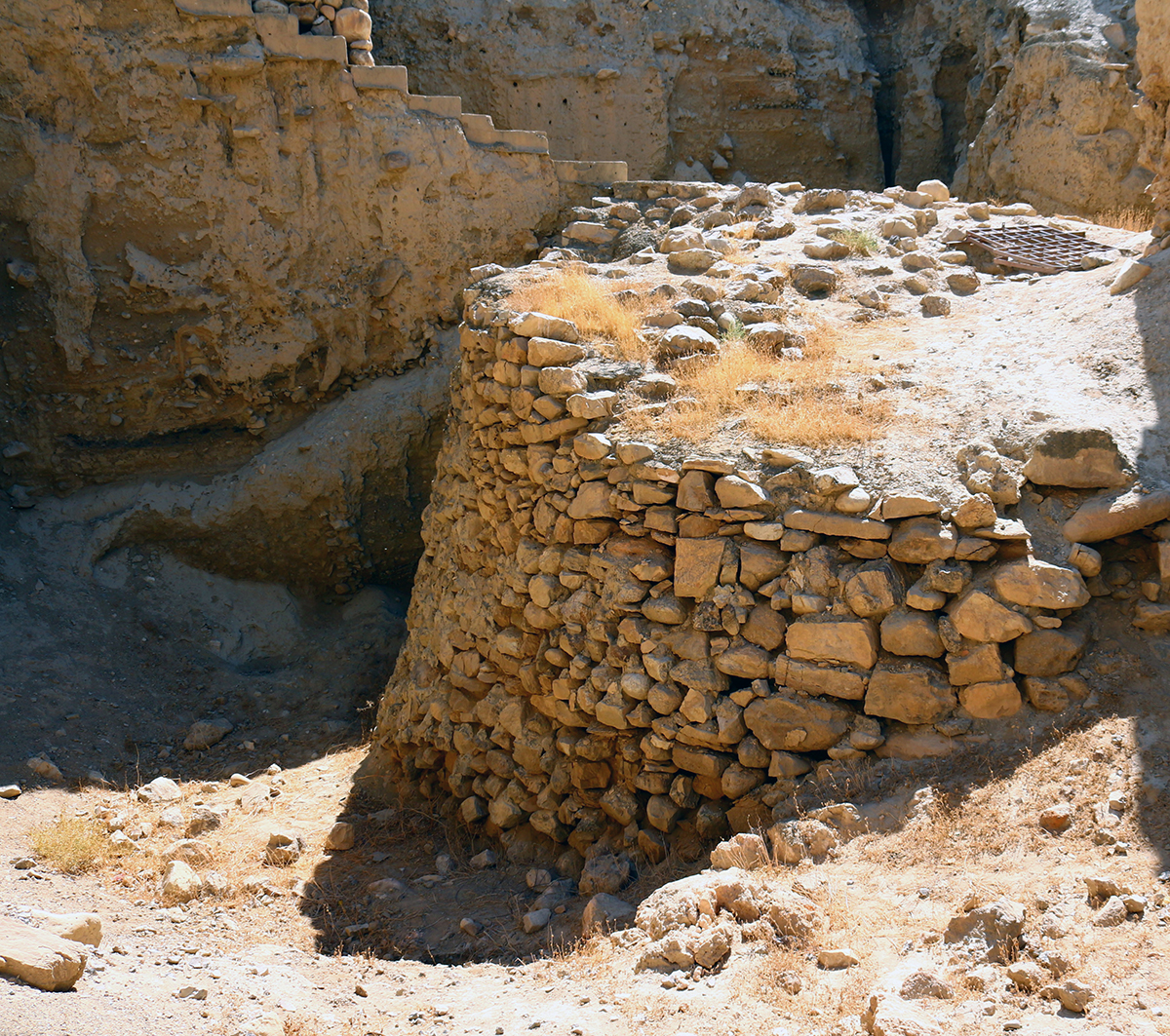
Image-3 Caption: Neolithic tower thought to be associated with one of the earliest sedentary settlements in existence.
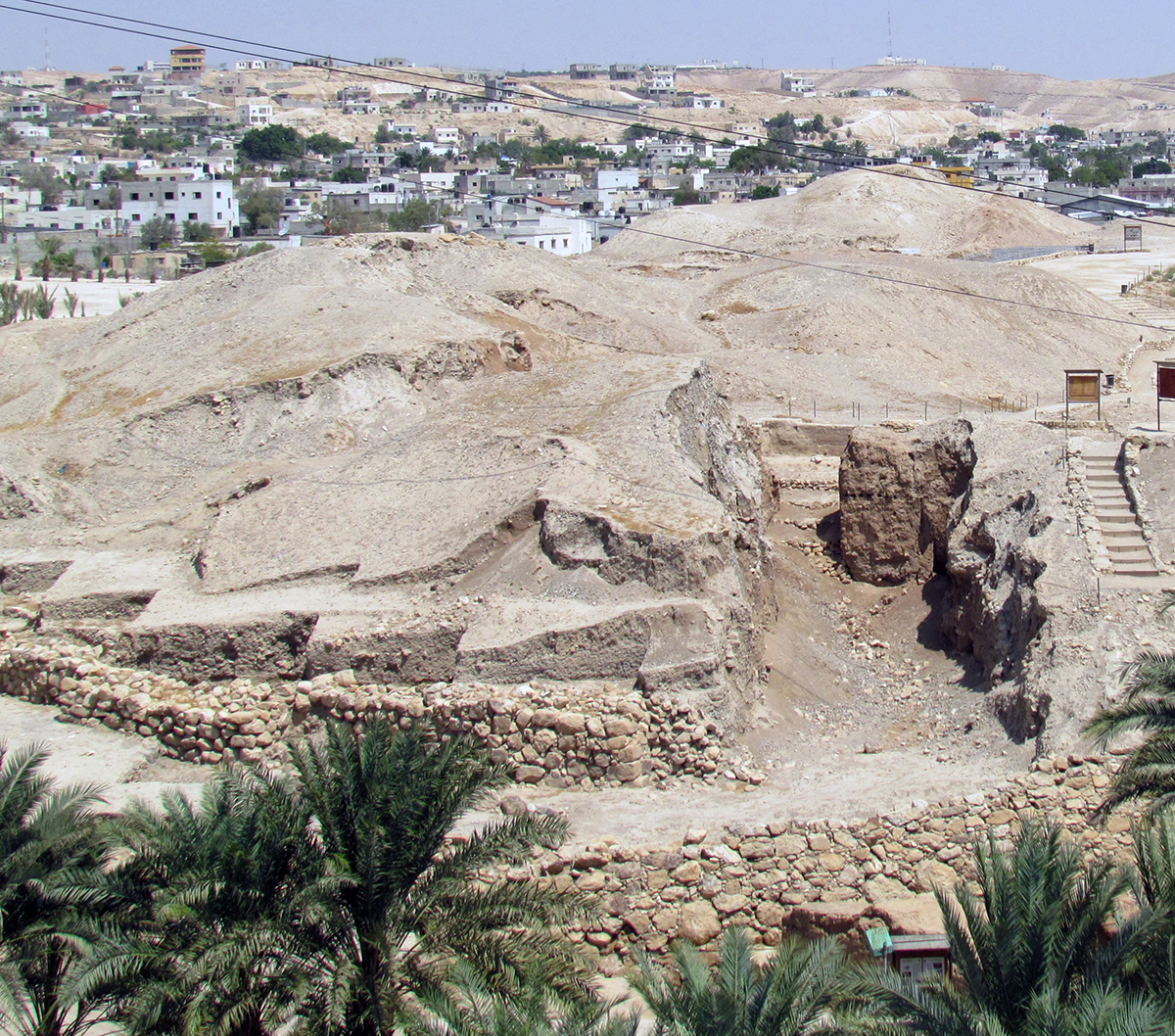
Image-4 Caption: Cyclopean wall visible at the bottom of the photo, with other excavation trenches and cuts.
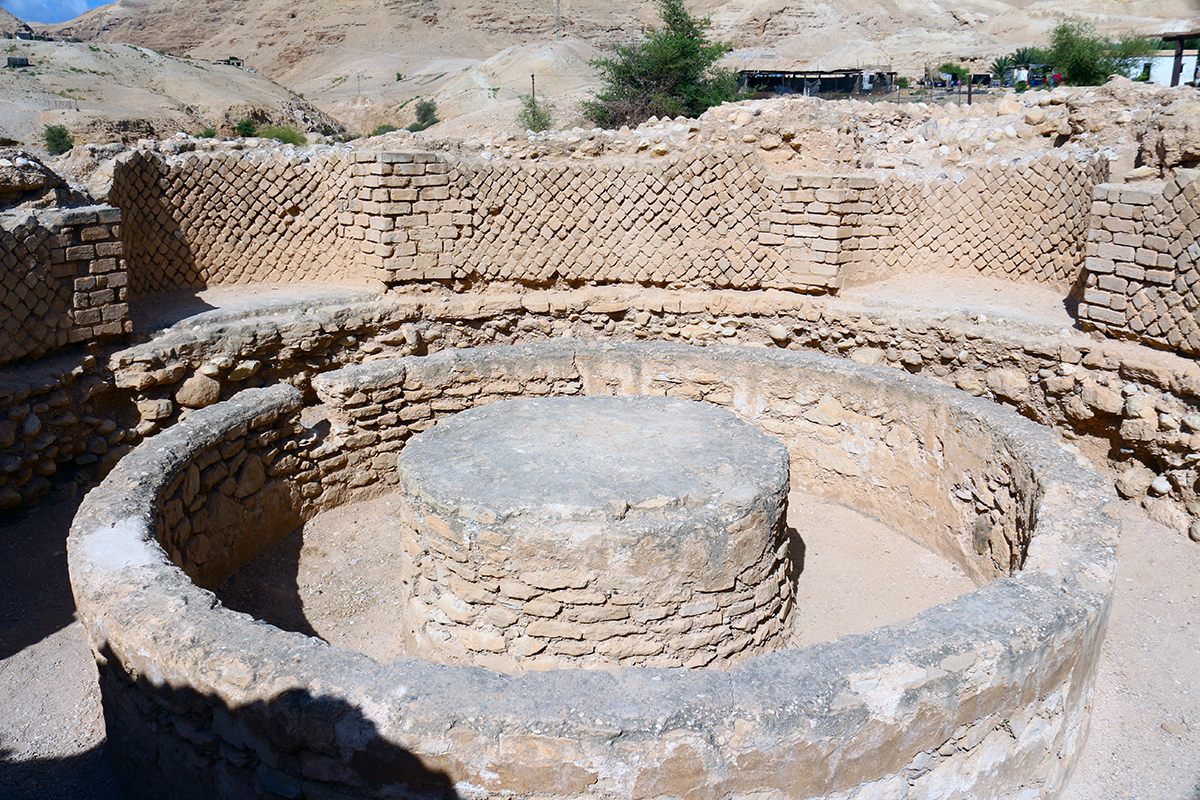
Image-5 Caption: Remains of New Testament Jericho's Herodian palace.

